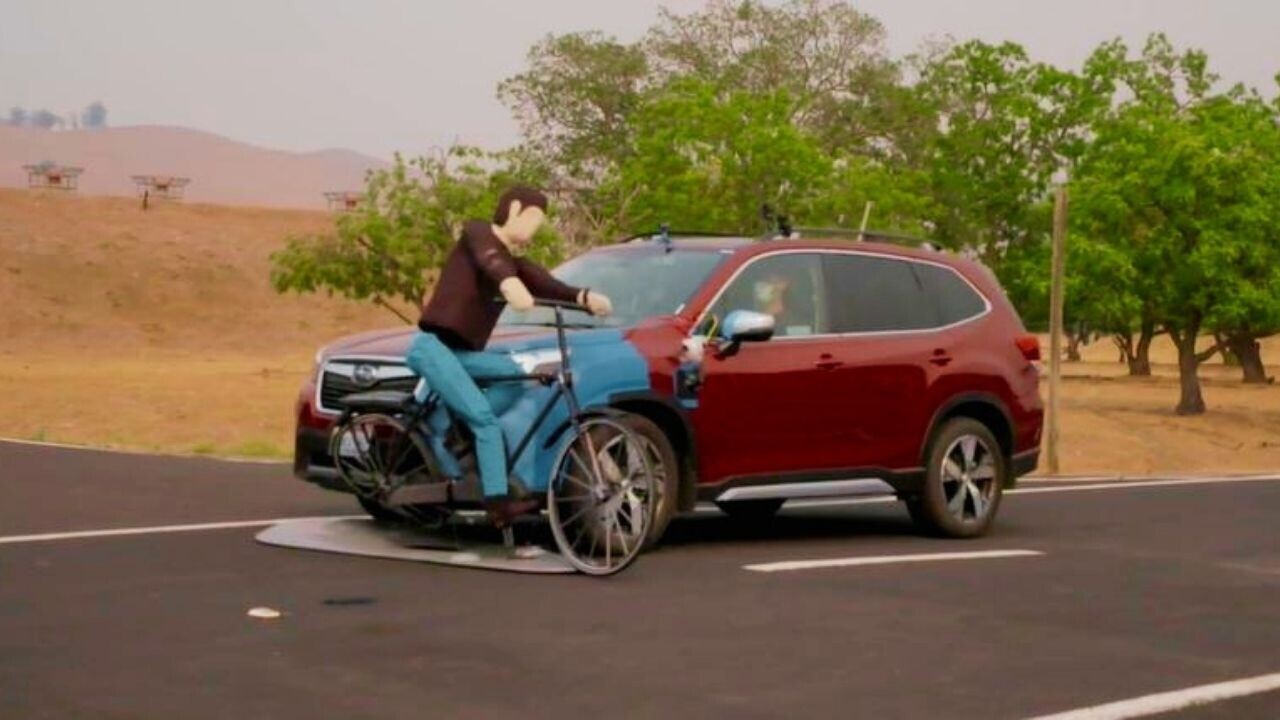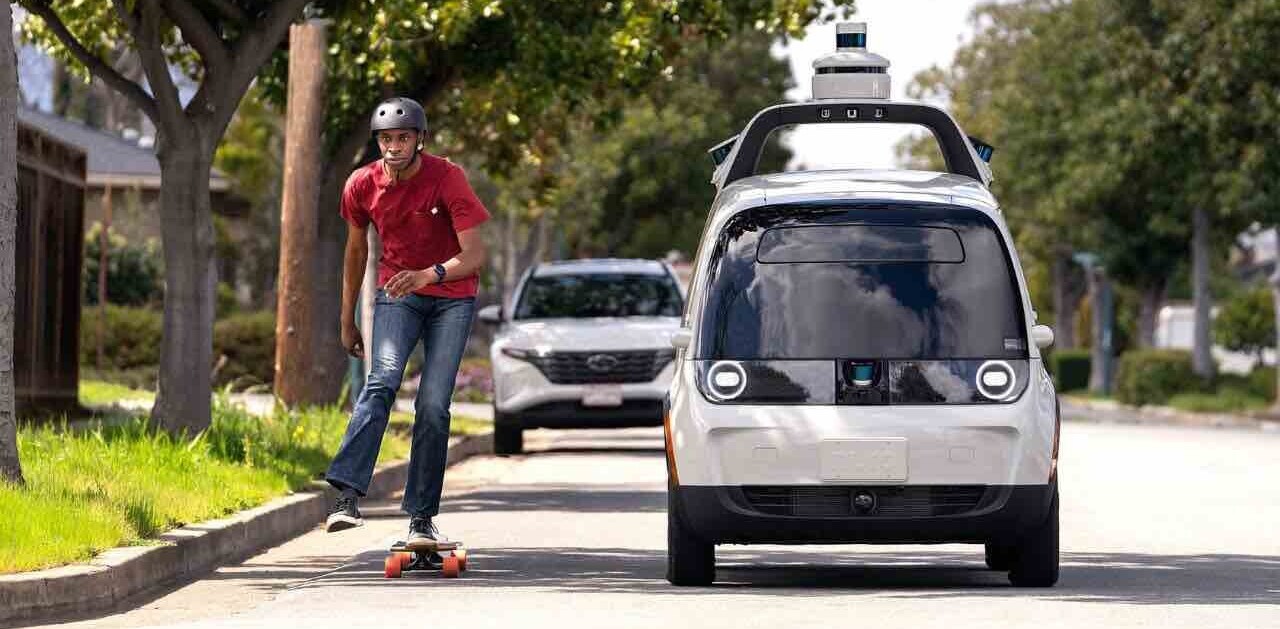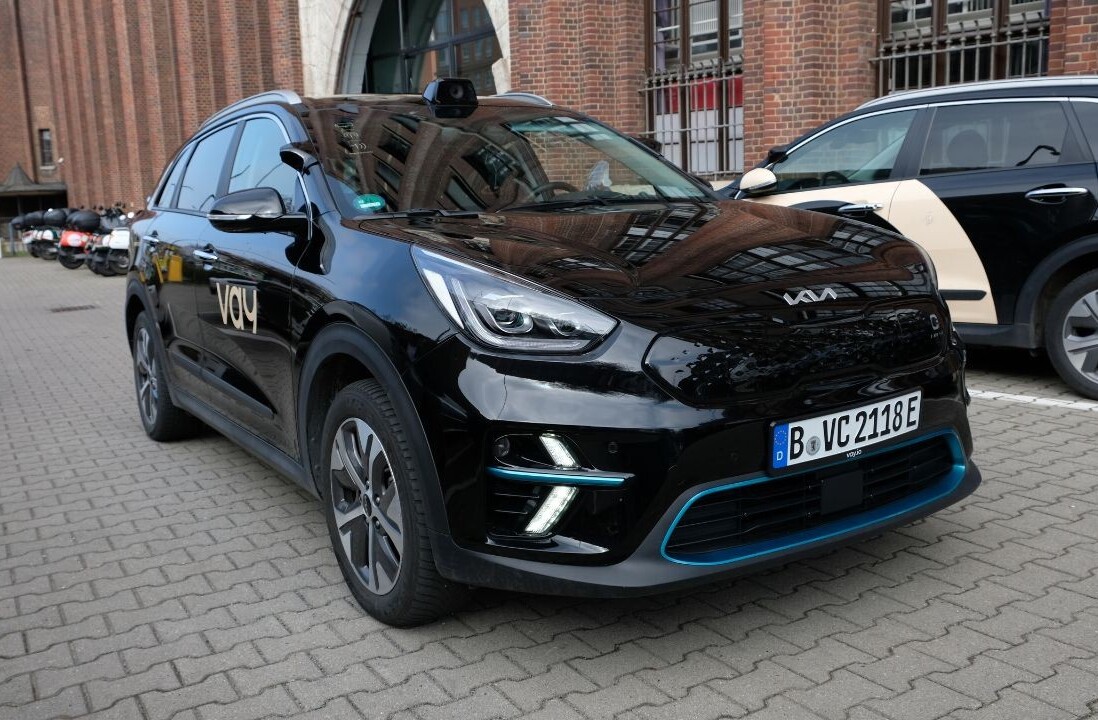Despite rapid improvements in advanced driving assistance systems (ADAS), the technology is still falling short in collisions, as the latest tests from the American Automobile Association (AAA) reveal.
ADAS systems are widely available — and are often called semi-autonomous, as they combine automatic vehicle acceleration with braking and steering.
The AAA tested three different ADAS-equipped vehicles: a 2020 Tesla Model 3 with Autopilot, a 2021 Subaru Forester with EyeSight, and a Hyundai Santa Fe with Highway Driving Assist.
The agency’s engineering team conducted 15 test runs, using a foam hatchback car and a bicycle dummy.
The test vehicles performed well in routine scenarios, such as approaching a slowing moving vehicle or bicyclist from behind.
However, they all collided with either the simulated passenger car or the cyclist multiple times during “edge-case” testing. This is where a car approaches head-on, or a bicyclist crosses directly in front of the testvehicle.
“While it may be encouraging that these driving systems successfully spotted slow-moving cars and bicyclists in the same lane, the failure to spot a crossing bike rider or an oncoming vehicle is alarming,” Greg Brannon, director of AAA’s automotive engineering, explained.
“A head-on crash is the deadliest kind, and these systems should be optimized for the situations where they can help the most.”
These findings not only coincide with AAA’s previous research on the importance of driver attentiveness and monitoring, but also with the agency’s most recent survey on consumer attitude towards automated vehicles.
Most of the consumers surveyed by the AAA (77%) were more interested in improved automated safety systems, than in self-driving cars (18%).
They were also distrustful of fully-autonomous vehicles, with 85% feeling fearful or unsure of the technology.
The AAA warns that the current limitations of ADAS systems not only hinder positivity towards self-driving technology, but also present alarming safety concerns.
Car companies should focus more on improving the vehicles’ automated features. And drivers? Don’t forget that you still need to stay in control.
Get the TNW newsletter
Get the most important tech news in your inbox each week.






